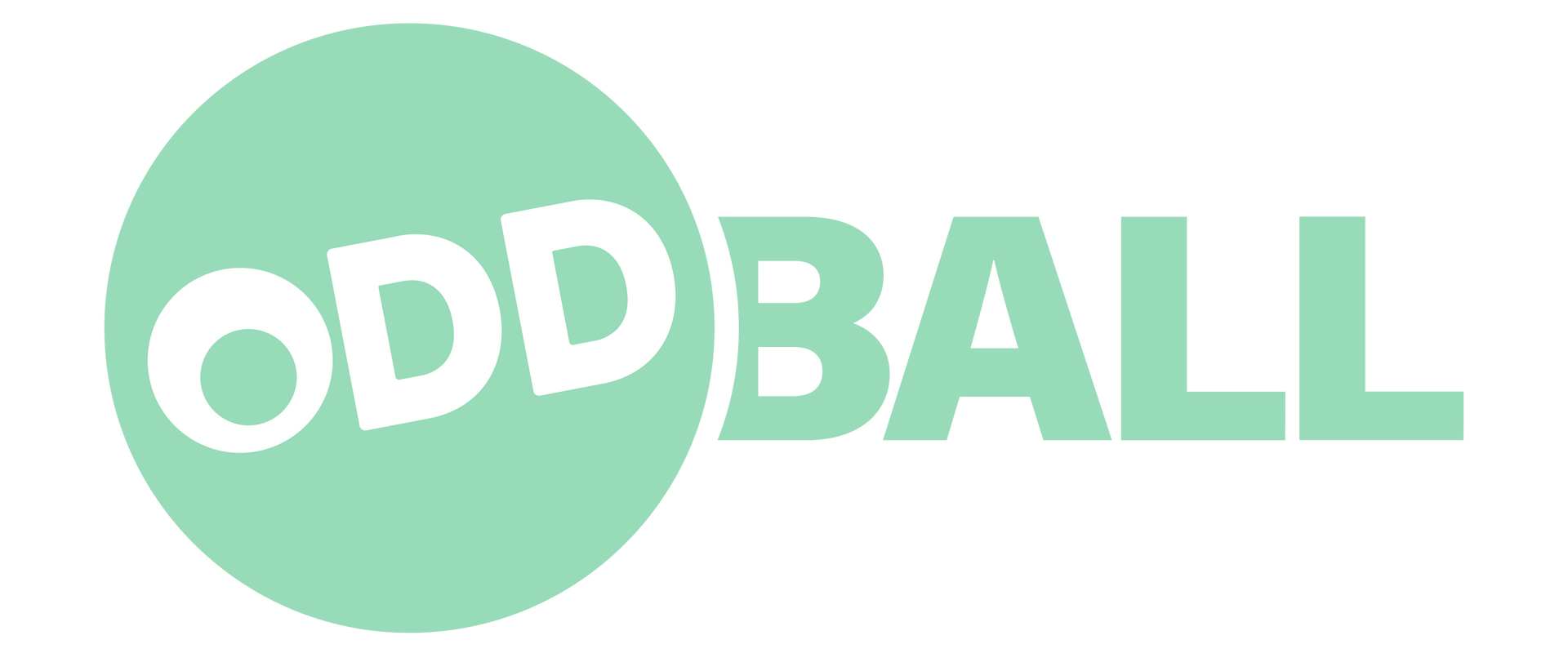Creating Radio Ads That Cut Through Background Noise
You're driving down the highway, music playing, and then another radio ad comes on. Maybe it grabs your attention, or maybe it fades into the background with all the others. Most ads try to make noise, but very few actually connect. Radio advertising can still work really well, but only if it's done with purpose. The trick isn't shouting louder, it's saying something that actually sticks.
Radio ads are still part of people's daily habits, whether they're driving, working, or relaxing. Timing alone isn’t enough, though. The challenge is that you're fighting for attention while people are doing something else. You’ve got just a few seconds to make someone care. If your ad sounds like the other fifty ads that play every hour, it's going to get tuned out without a second thought.
Understanding Radio Advertising
Radio advertising is built around short, targeted messages delivered to people who are listening to the radio, whether on traditional AM/FM stations or digital broadcasts. You've probably heard them during your commute or while streaming music online. These brief moments give businesses a way to talk directly to potential customers without needing visuals. Your message rides along with a melody, a voice, or sound effects.
There are a few different ways to structure a radio ad:
- Live Reads:
These are delivered on air by the radio host in real-time. Since they come from someone the audience already likes and trusts, they often feel more personal.
- Prerecorded Spots: These are produced segments of a fixed length, typically 15, 30, or 60 seconds, that get scheduled into rotation like any other song or segment.
- Sponsorships and Mentions: These are shorter shoutouts that often support specific programming, like traffic reports or weather updates.
Picking the right type depends on your goal, your audience, and your budget. No matter the format, connecting with the listener matters most. That’s why placement and timing are only part of the puzzle. You need to match your ad with the right audience on the right station. Trying to plug a high-end finance service on a station that targets college students probably won’t lead to much. But choosing a station and time slot that hits while your core customers are paying attention? That’s when radio starts to work harder for you.
Crafting A Compelling Radio Ad Script
Now that we’ve looked at how radio ads work, let’s talk about what you actually say. The script is where it all starts. Without a strong message, even the best audio effects or voice talent won’t help.
Here’s what every effective radio script needs:
1. A strong opening. You’ve got about three seconds to pull the listener in. Say something surprising, ask an interesting question, or hook them with a bold promise. Just don’t be boring.
2. A clear point. Don’t dance around your message. Say what you’re offering, and why the listener should care.
3. A call-to-action. Tell your listener exactly what to do next. That could be visiting your website, making a call, or stopping by your location. Make the CTA easy to understand and easy to remember in one quick listen.
Keep the language simple. Avoid long words and complicated sentences. You’re speaking to someone who may be driving or multitasking. Picture trying to explain your ad concept to a middle school student. If they can’t repeat what the ad was about after hearing it once, it probably needs work.
Tone matters too. Make your ad sound like someone speaking directly to the listener, not reading from a script. Whether it's friendly, funny, serious, or casual, choose a voice that matches your brand and speaks directly to the people you're trying to reach.
One example: a local pizza shop ran a 30-second ad that started with, “Hungry? Stop listening and come get a slice.” It was bold, a little funny, and totally on-brand. People remembered it. That’s what a simple, effective script can do.
Using Sound and Music Effectively
When you're working with sound-only media like radio, how something sounds can be just as important as what you say. The right background music, tone, or special effect can take an average ad and make it memorable. But too much sound or the wrong kind can also confuse listeners or distract from the message. Striking the right balance is key.
Start by thinking about what feeling you want to create. A soft acoustic track might make a home service ad feel calm and trustworthy. Upbeat, high-energy music can make a retail offer feel more exciting. Just don’t let the music overpower the voice. If people can’t catch your message clearly, it doesn’t matter how catchy your soundtrack is.
Sound effects can help paint a picture quickly. A car door slamming or the ding of a drive-thru window can give your ad more personality. But don’t go overboard. It’s easy to cross the line from creative to chaotic if you throw in too many sounds at once.
The voice that reads your ad makes a big difference. Whether you go with a local radio personality or a professional voice actor, make sure the delivery feels natural. A relaxed and friendly tone usually connects better than one that sounds overly scripted or robotic. You're trying to hold attention, not make people feel like they’re listening to a lecture.
Production quality matters too. A scratchy voice recording or muddy mix won’t leave a good impression. It’s worth using someone with experience to produce your spot so that everything sounds clean and easy to hear. If you're asking people to trust your brand, your audio should reflect that you're serious about how you present yourself.
Measuring The Success Of Your Radio Ads
Once your ad is out there, you need a way to see if it’s working. The last thing you want is to keep running a campaign that isn’t getting any results. It’s not always simple to track radio ads, but there are smart ways to gauge whether your message is landing.
Here are a few ways to measure performance:
- Use promo codes tied to specific radio campaigns. If people are calling in a promo code or entering it on your site, you’ll know which station sent them.
- Set up a dedicated phone number or landing page just for radio listeners. Any traffic to that page or number shows how much attention your ad is getting.
- Ask customers how they heard about you. It takes a little extra effort but gives helpful data if you’re running ads in multiple places.
You can also look for changes in customer actions. If your business gets more calls or door traffic right after a new ad airs, that's a sign that something in your message worked. If you see no shift after running the ad for a while, it's time to rethink your approach.
Listener feedback is useful too. It could be a compliment, a complaint, or even someone repeating a line from your ad. All of that means they noticed. And if they noticed, you’re ahead of most ads already. These moments can give you clues about what to keep or improve.
It’s also smart to update your ads from time to time. People catch on when you've refreshed your message or tried a new angle. You avoid sounding stale and give yourself more chances to connect with listeners in new ways.
Moving From Background Noise to Breakthrough Moments
Once you've built a strong base—clear messaging, the right tone, engaging audio, and smart targeting—you’ve got the pieces to make your radio ads truly work. The goal is not just to be heard but to be remembered.
Good radio ads feel personal. They don’t sound like someone shouting into the void. They sound like a real person talking to you at the right time. That’s what helps you earn trust and attention in a crowded space.
Radio still works, but only when approached with strategy and creativity. Whether you're new to radio ads or not getting the response you want yet, stay curious. Test new ways to get your message across. Use your audience’s feedback to guide your improvements. Small shifts can lead to clearer messages, better reach, and more engaged customers. Keep building your message with care, and you'll start cutting through the noise.
If you're ready to make your mark and connect better with your audience, take the next step with us. Oddball Creative combines creative messaging with strategic planning so your
radio advertising doesn’t just play, it resonates. Let’s help your business gain the attention it deserves.



